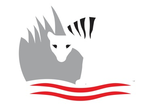Follow us to FAKARAVA Atoll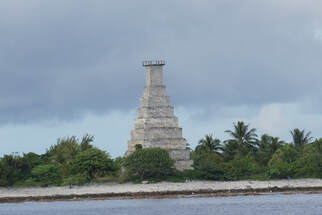
We sailed with the gennaker most of the way from Tahanea but had some rain in the wee hours of the morning and then the wind died. We had to motor approaching the top of the atoll to get around the NE corner. We pulled the gennaker out to try and dry it, but refurled it as we came into the North Pass. It’s a very wide pass, hard to imagine it would ever be problematic with current running through it. Once we got inside we were greeted by the most fantastic rainbow. Ollie on Mai Tai seems to have fallen behind but we found out later he hooked a couple of Wahoo and was trying to land them. Sadly he lost them. The Rotoava Town anchorage is deep and we decided not to float our chain. Nobody else seems to be. We find out later that there are rocks and bommies on the bottom so hopefully we don’t have any issues lifting the chain.
EMPTY SHELVES…
Even though the supply ship has just been through here yesterday, we are shocked to see there is no fresh produce left! The shelves were reminiscent of the toilet paper aisle in Coles during Covid! Apparently yesterday there was a massive “feeding frenzy” of cruisers and what little fresh produce that arrived was gone within the hour! The locals have no chance! We did manage to get some eggs, though as surprisingly there were a few dozen left. We find a shelf-stacker at the back of the store and Keith asks about bananas. He goes out the back and returns with a brown paper bag of fairly dodgy looking specimens but after a week without them, its gold! We also ask about tomatoes and again he disappears out the back, returning with three unripe but healthy looking specimens. Jackpot! No luck with carrots though. I do hope that they hold some produce back for the locals, particularly as we went past one yacht in the anchorage who had a very full bag of fruit and veg on the back of their boat. Went on to the bakery but the baguettes were already sold out so we ordered some for tomorrow. They had carrots and apples though so I picked up some of those - I can’t believe my heart rate went up when I saw the carrots! Only fellow cruisers will understand the bizarre relationship we have developed with supermarkets and small shops in these remote locations. Shopping has become quite opportunistic – ALWAYS take a look inside and if you see something you may want, grab it as you never know when you will see that again. The well-stocked produce shelves in Coles and Woollies seem like a dream compared to what is on offer here. We swear never to take that for granted again!
BLACK PEARLS OF “TAHITI”
After picking up our bread and croissants from the bakery the next morning we head over to a pearl farm for a show and tell. The famous Tahitian black pearls are grown in the atolls of the Tuamotus. It is quite a fine art involving a delicate operation to produce them – think IVF meets dentistry.
I should mention that, unlike the picture, all of this intervention is done with the oyster shell only cracked only about 1cm, to avoid breaking the adductor muscle and killing the oyster!
The pearl itself can vary in quality and is graded after cleaning. In cross section the pearl is solid white inside (the shell ball that was placed in the stomach) with a 1-1.4mm coating of black on the outside. A bit like a Malteaser. The different colour pearls are made from different types of oyster. In Australia we can make yellow pearls, Indonesia has pink ones and Japan has the pure white ones. We ogle over the pearl jewellery (and eye-watering prices) in the hotel gift shop, and stopped by a nearby boutique and craft shop as well. The jewellery made with the odd shaped pearls is much more interesting. MOVIE NIGHT
We have not watched much TV in our 5 years on ITIKI, but now that more and more boats are getting StarLink (satellite internet) downloading movies and TV series is quite common. Went over to Mai Tai for movie night, Ollie had rigged up a bedsheet the back of the boat and had a borrowed projector. Watched a movie called Following Sea about a family who sailed around the Pacific and Antarctica in a boat they built themselves, after getting shipwrecked in the Tuamotus with their first boat. With bed-sheet flapping in the breeze and the familiar pacific surrounds, it really felt like we were with them on board!
A NARROW STRETCH OF LAND
There is not much land on Fakarava, like most atolls there is a narrow strip of land around the windward side. Fakarava at least has a stretch of road. We joined Gill from Mehalah and picked up hire bikes from FYS, they are pretty basic with no gears and back-pedal brakes. We cycle the 10kms to an old pearl place and we are pretty knackered even though it is flat its into the southerly wind! Hmm, should have got electric bikes. The pearl farm has actually closed down but a German guy and his wife are selling off the remaining stock. Gill buys a lovely white pearl, and I buy a few imperfect seed pearls. It’s an easier cycle back with the wind behind us as we head into town. I stop at the church to take a look - It is decorated with lovely shell “chandeliers” made by the local community. Not too far further along there is a Mormon chapel as well – quite a few of those around French Polynesia in fact.
IT SEEMED LIKE A GOOD IDEA AT THE TIME…
I suggested a walk to the old Topeka lighthouse on the North east side of the atoll, one afternoon. We had seen it on our way it and had been told it was worth a visit. It’s still pretty bouncy in the anchorage and we pick up Ollie, before heading across to the airport dock, all the time thinking we are going to get very wet on the way back. The conditions at the dock were pretty awful so we could not leave the dinghy. We headed back to the boats and yes, as anticipated, got absolutely soaked. Ollie was wearing his “old” leg on which he is not supposed to get wet, but we all got totally drenched. Ollie and I decided we still wanted to go for a walk so Keith dropped us off at the town dock. We were both sopping wet and couldn’t really dry ourselves off but it didn’t really matter. Ollie was squeezing the water out of the foam covering of his leg. It was a 30 min walk from town to the light house and slow going. We passed a colourful village (well small group of houses) with lots of pearl float and shell decorations. The lighthouse itself was made from local materials, so mainly coral gravel made into concrete. I’m not sure it was ever used as a lighthouse but it’s a pretty solid structure. There was a rusty ladder climbing up to the top, but it did not look that trust worthy. I walked down to the beach to check out the reef on the windward side of the atoll. There is a small rockpool here and I also spy a couple of purple sea urchins shells that someone has left lying around, and score a few spines for the shell collection. The walk back was slow and we are still not completely dry by the time we get back.
HEADING SOUTH TO HIRIFA
With the swell backing off we decided to lift anchor and head down the channel. Unlike Tahanea we actually have a well marked channel to travel in, so we know that it will be clear of bommies. Put the main up and unfurled the genoa and we had a great sail down. Still had to keep a look out though as its easy to get pushed out of the channel and down onto a bommie when you are sailing. It was good visibility although we had to kick an engine on at one stage to bring us back into the channel, avoiding a bommie we were getting sucked down onto. Note to selves: Better to go to leeward of the bommies when sailing! Hirifa is a large anchorage with plenty of space. We find a big expanses of sand to drop the pick and have such a calm night it feels like we are on land.
WIND AND RAIN
The wind has turned west, defying the usual trade wind pattern, and we are getting a lot of fetch, also lots of rain so everything is wet. We get the clears up and tuck ourselves in. Not much to do but get stuck into boat jobs, maintenance and cleaning. I won’t bore you with detail but there is always some grotty job to do! The reward is a nice, slow cooked, beef stew for dinner - great comfort food. The following day the wind swings to the south and eventually the wave direction caught up so we were more settled. Everyone cleared out of the northern anchorage and started heading south as well. Apparently it got pretty nasty up there, pretty uncomfortable on a lee shore, with lots of swell. Most boats also reported getting their chain wrapped around a bommie, but were able to work together to help each other out and get sorted. We enjoyed going for a SUP ashore, into the mini lagoon between the motus. The tide was running out of the lagoon so we had to paddle hard to get into it, and then we could drift back watching the fish and coral pass below us. Apart from that there is not much else to do here, but relax, appreciate the ambiance and spend some time socialising and catching up for morning coffees, sundowners ashore and lovely dinners with fellow cruisers whilst we were here.
FAKARAVA SOUTH PASS
It’s time to head to our final anchorage in Fakarava (and the Tuamotus), the famous South Pass. Here we find the most fantastic snorkelling we have seen outside of Australia. There are a huge number of boats here, 35+, as people have come from far and wide to witness the annual grouper spawning, which happens on the full moon at this time of year. It is a challenging spot to anchor as there are loads of rocks and bommies, so we need to be careful picking a place to drop the anchor and of course to float our chain – which by now we are getting pretty adept at.
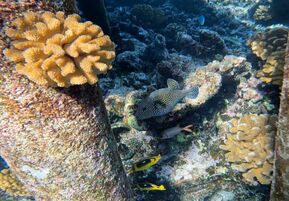 Spotty fish hiding Spotty fish hiding
Drift snorkeling the UNESCO World Heritage listed south pass is one of the most amazing things we have done in French Polynesia. We go through each day, at least once, sometimes twice, on the incoming or outgoing tide, and each time was different. In fact each day just got better. Depending which way the tide is flowing you can either go from the outside to the inside, or the inside toward the outside. Its preferable to go from outside to inside to avoid the risk of getting swept out to sea. We get quite confident jumping in and towing the dinghy as the current carries us along. We are swept past coral gardens and huge variety of colourful fish including giant bump-head wrasse and of course reef tip sharks. Under the restaurant dock on the shore of the pass there are huge “walls” of fish, enjoying the shade and maybe hiding from the sharks, while waiting for some scraps. Reef tips sharks circle around here, on the off chance of a free feed or if any smaller fish break loose from the pack. The shallow lagoon by the restaurant is home to turtles and smaller sharks as well as some colourful parrot fish and worth a side trip if you are not swept past it.
We enjoyed a dinner ashore with some fellow cruisers at the Dive Centre Bar on the north side of the pass with some fellow cruisers. It’s tricky getting the dinghy into the shallow lagoon at night and we gently touch bottom. Hopefully we didn’t run over any turtles!
We had a sumptuous buffet with pizza, local reef fish, chicken, beef and a lovely custard and coconut pie for dessert. The sharks waiting under the dock are lucky tonight, they get the leftover fish carcasses and chicken bones and provide the after dinner entertainment in return!
WHAT’S ASHORE?
Took the dinghy into the rustic-looking dinghy dock, well actually just a big pile of rocks with some stakes in it, and walked along to the "village". No matter how small a village is, there seems to be a reasonable sized church and this small village is no exception. We watched the sharks swimming around the restaurant dock for a while and also found a lady selling souvenirs, pearl necklaces etc. Didn’t bring any money so will have to come back later… Further along there is an abandoned resort with its grass huts out over the water, and a lovely view of the anchorage. It’s still in reasonable shape and we wonder what the story is. Possibly a victim of Covid.
Mid-morning we went for our final snorkel in the cut. So many different fish, lots more sharks than previous days, and plenty of huge bump head wrasse. The wall of sharks didn’t disappoint either, they were there in numbers to bid us farewell. We are off to Tahiti which is 256nm. Left the anchorage and went through the cut at about 4pm. It was a bit bumpy on the outside, but no dramas as we turned right and put the main up as well as a genoa. Great reaching conditions initially, doing 7-8s and a chicken curry for dinner! What more could you ask for!
0 Comments
Leave a Reply. |
AuthorAfter more than 5 years of (minus time off for Covid) and more than 27,000nm Lynda has finally got the hang of this cruising life Archives
June 2024
Categories |
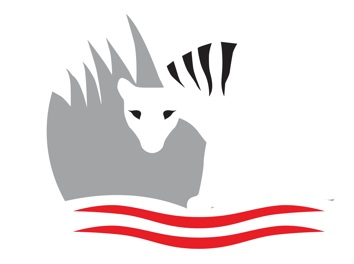
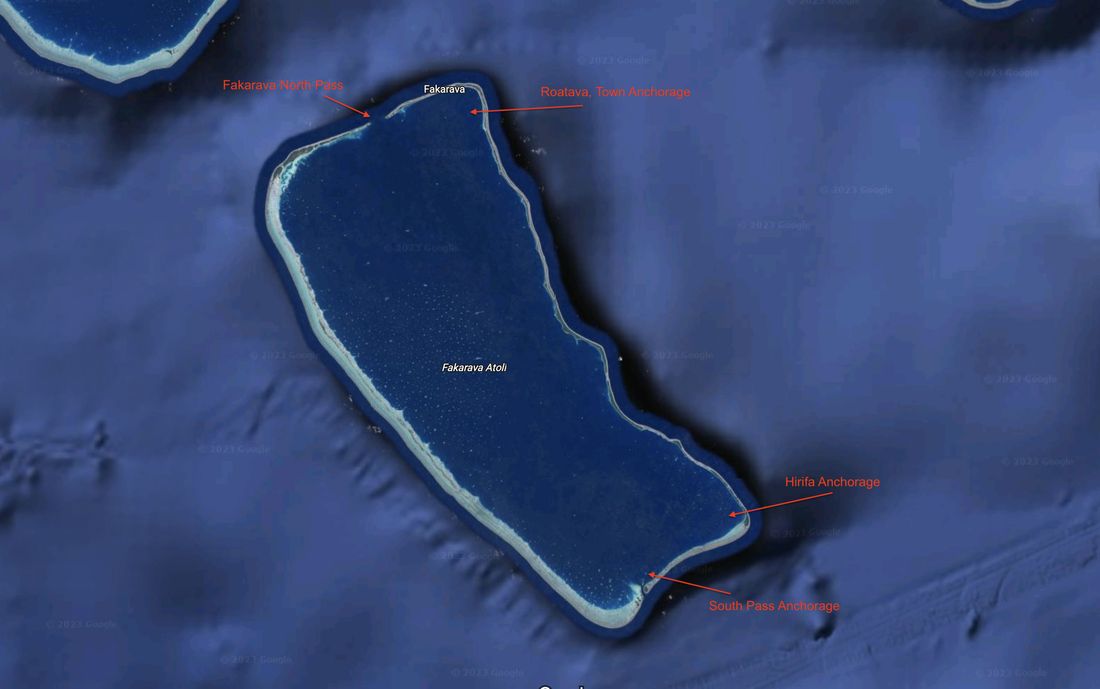
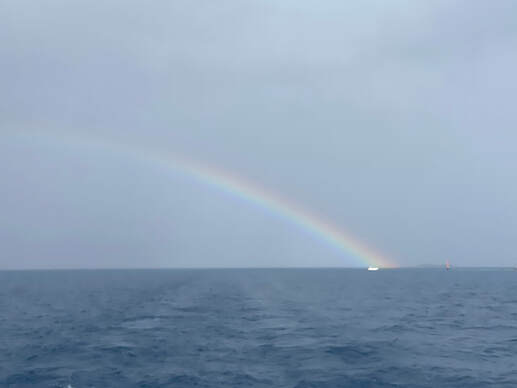
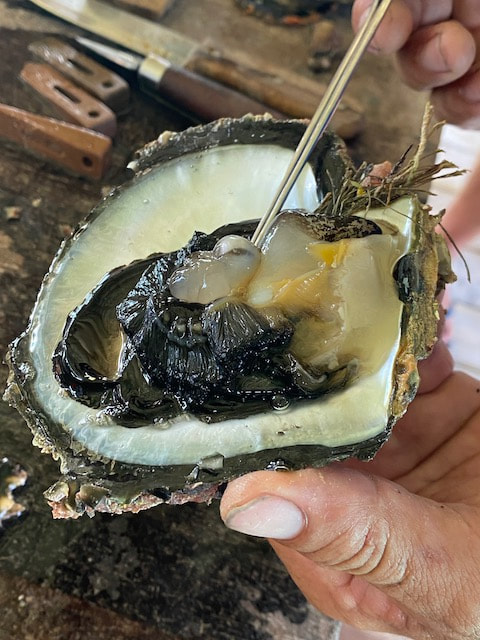
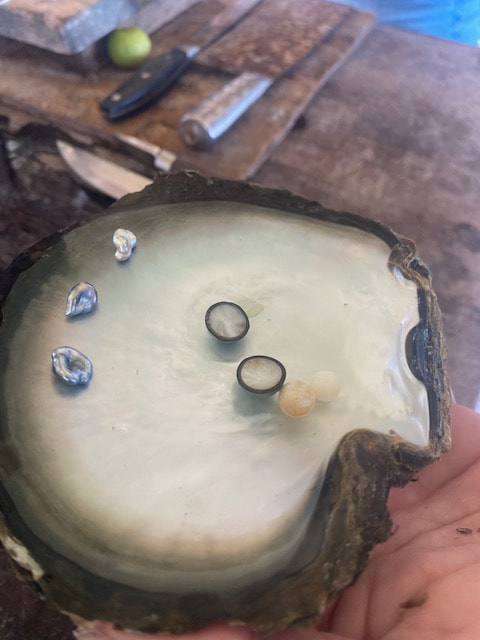
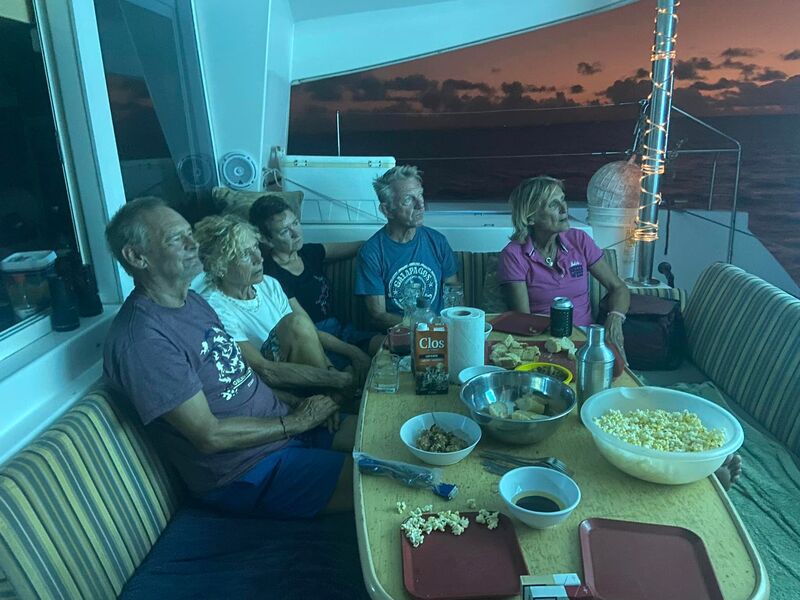
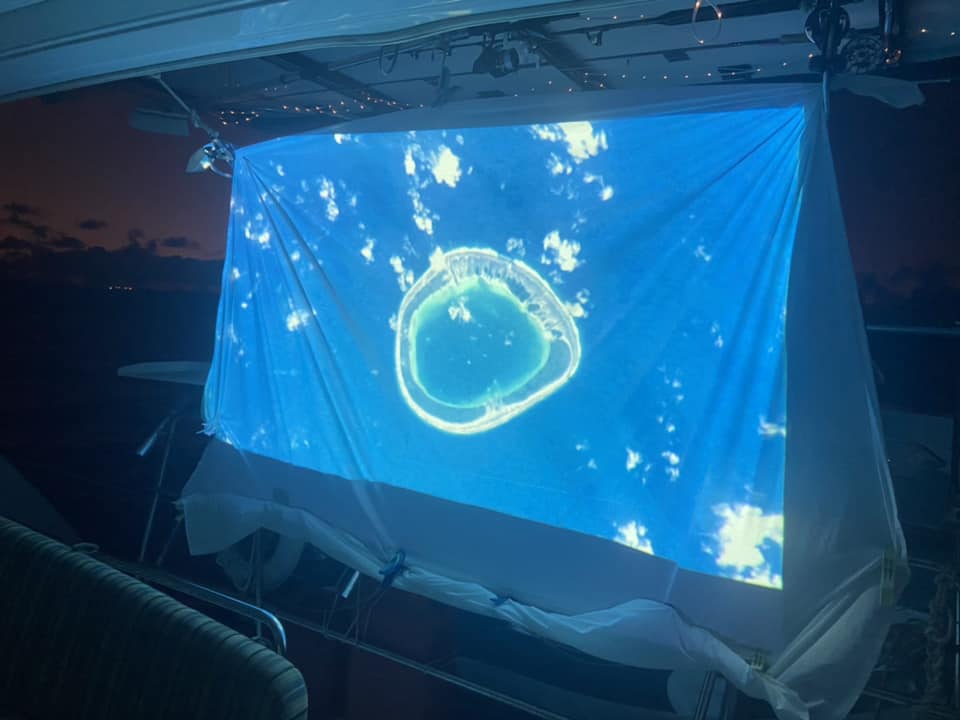
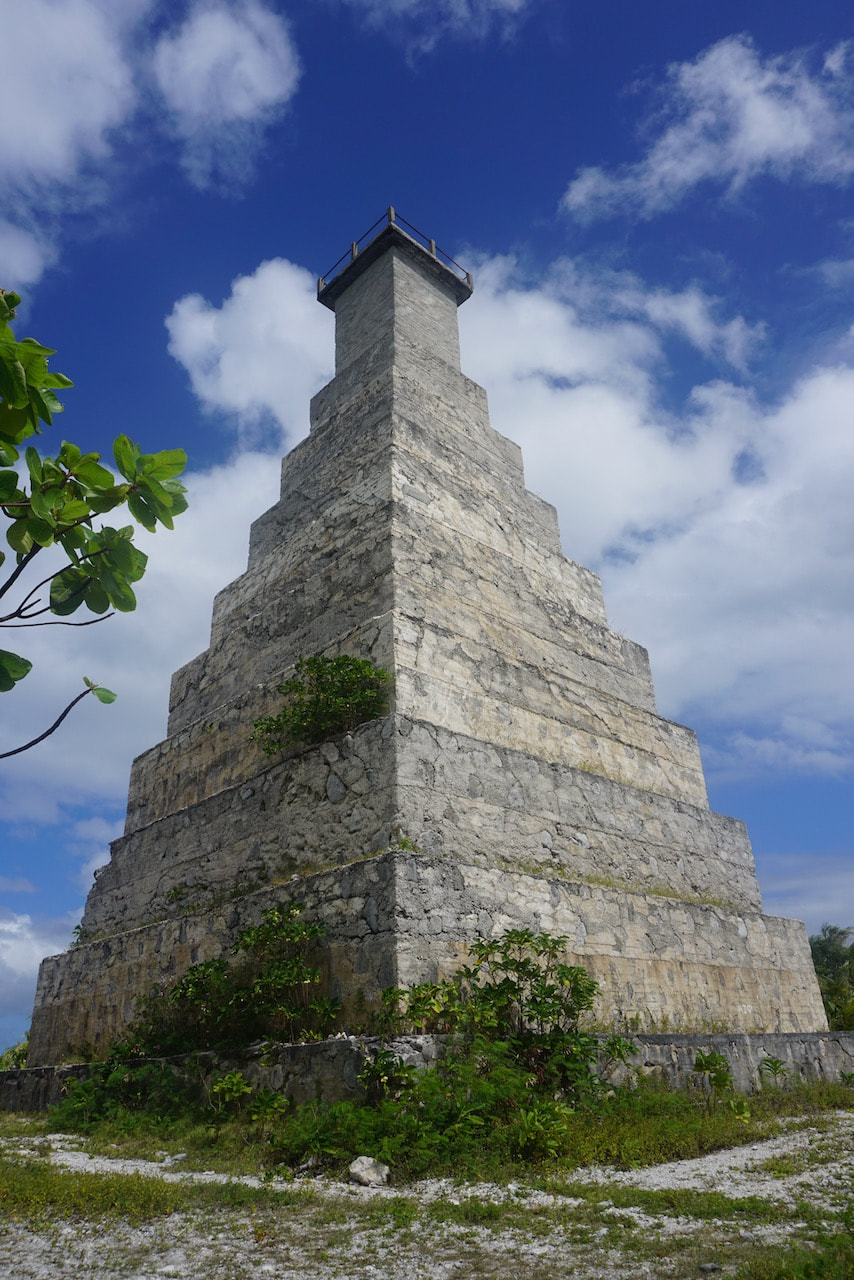
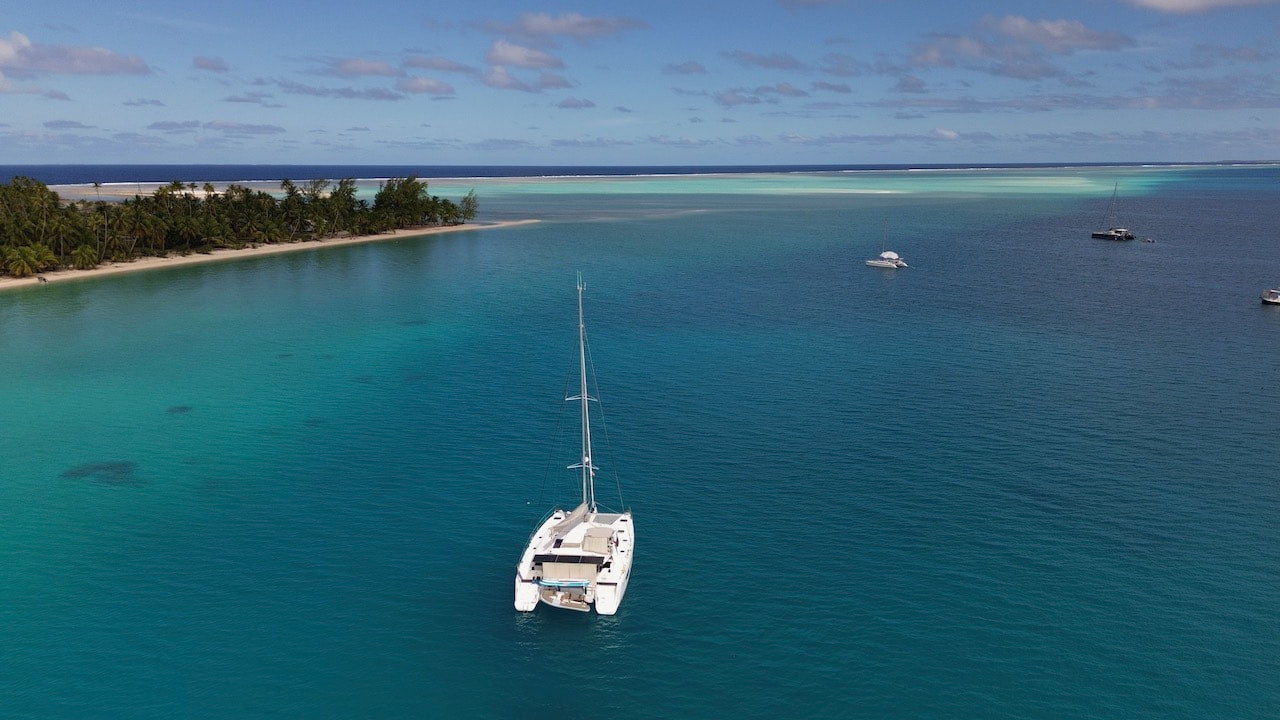
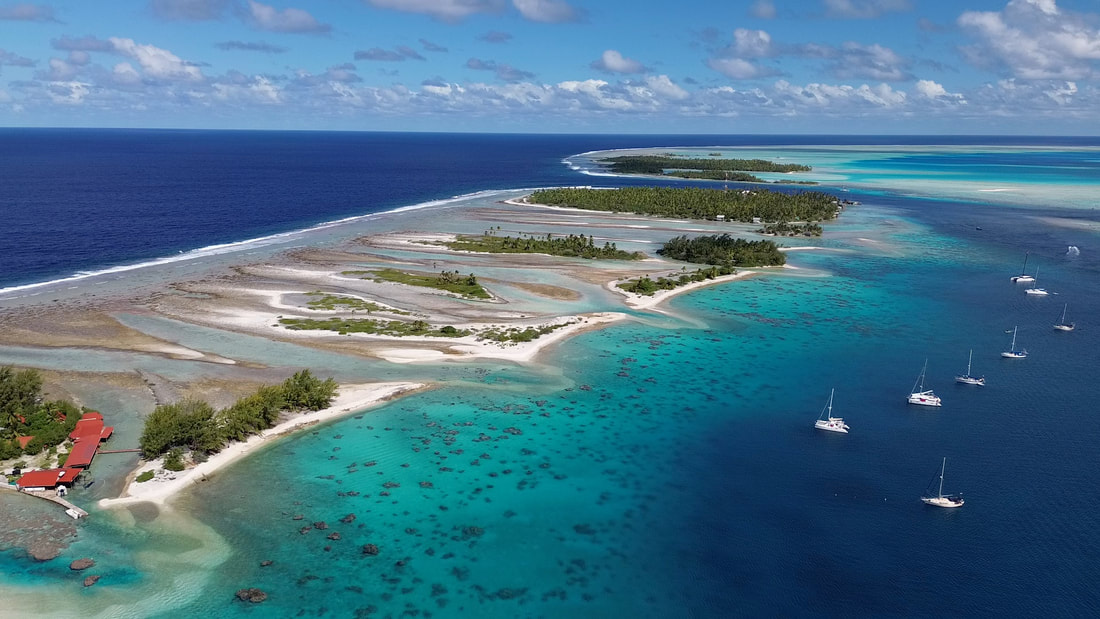
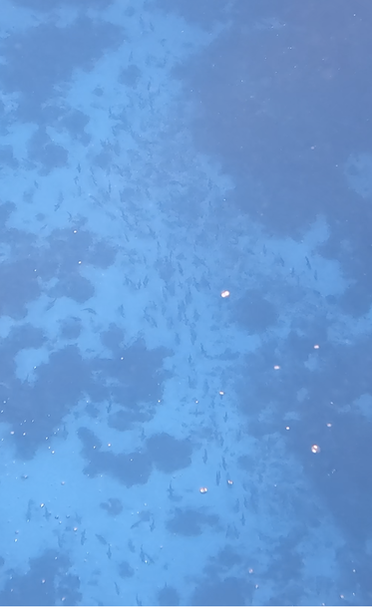
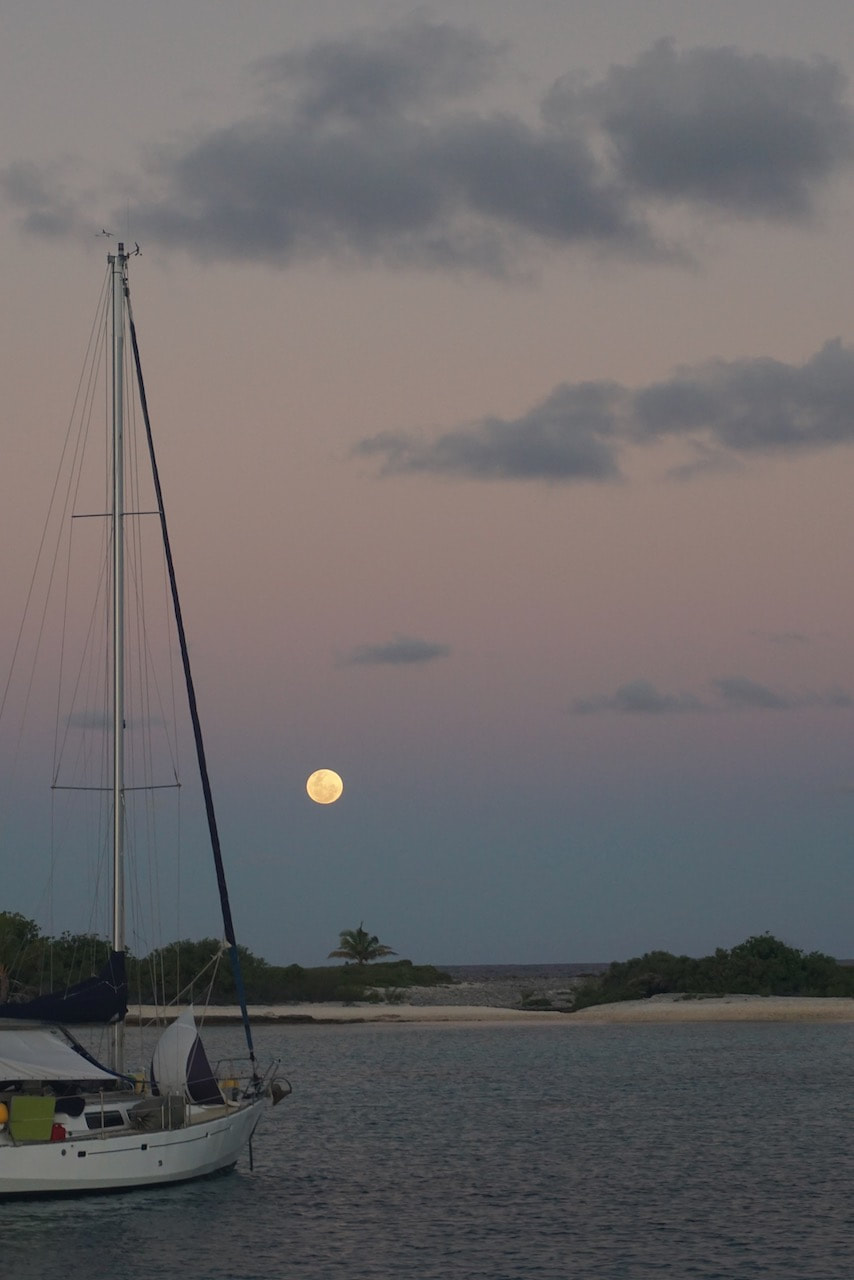
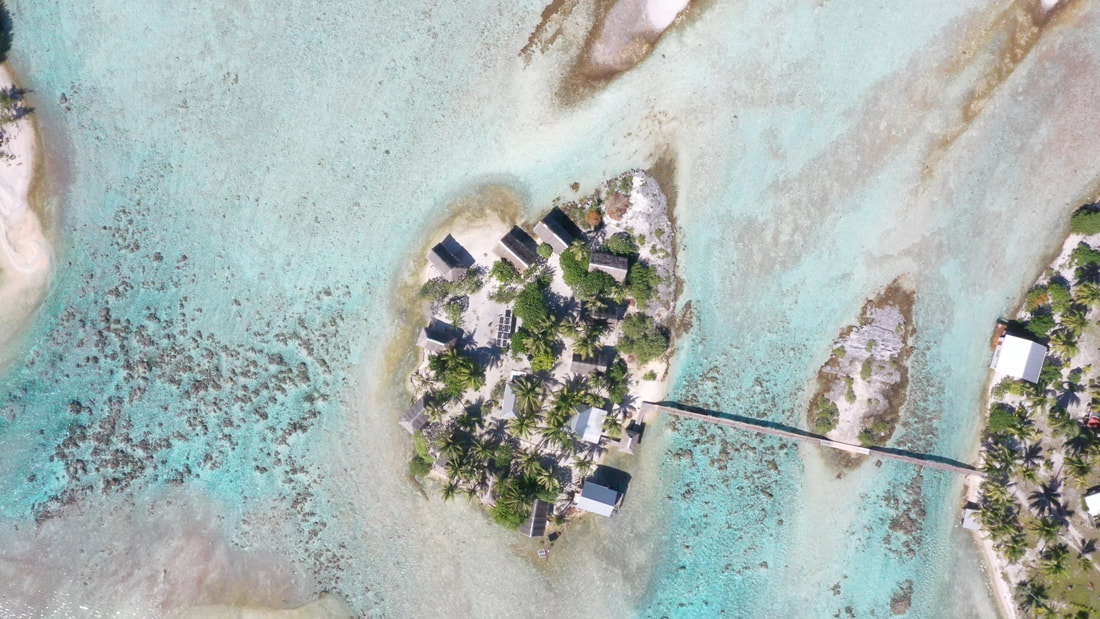

 RSS Feed
RSS Feed
